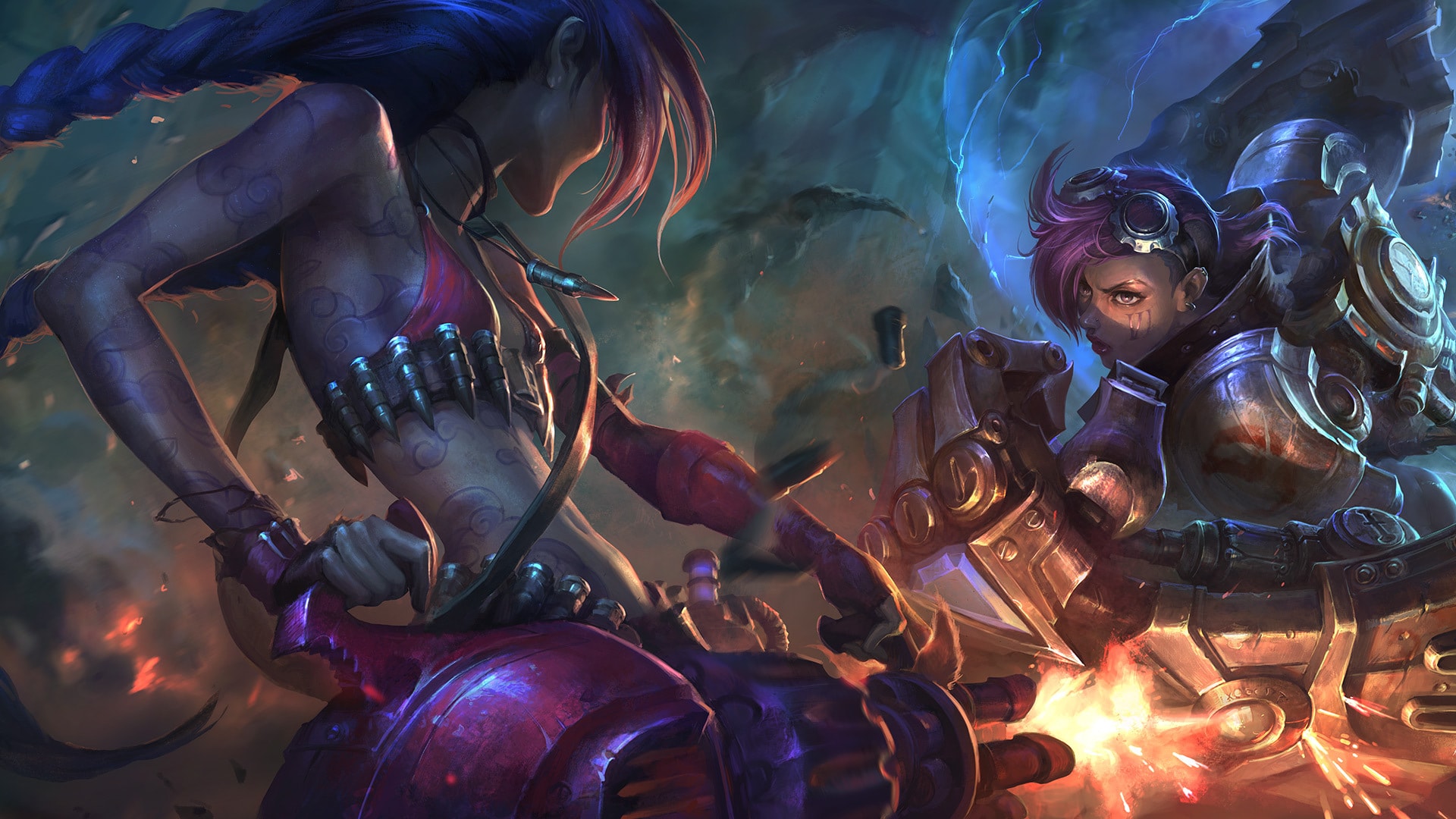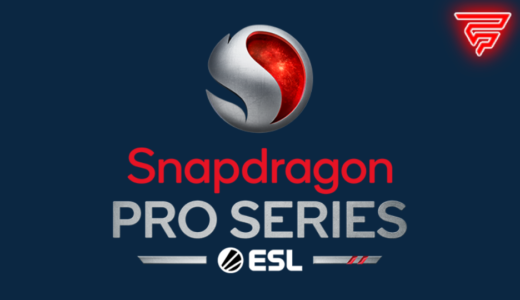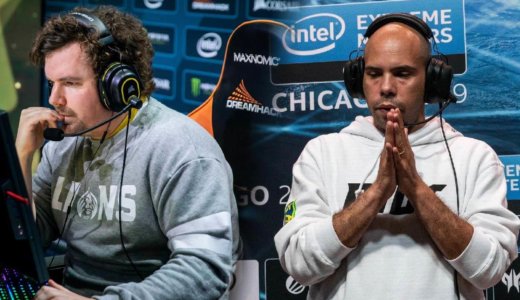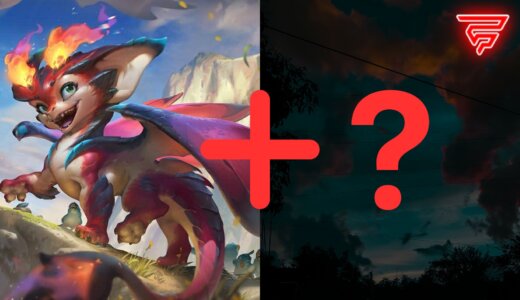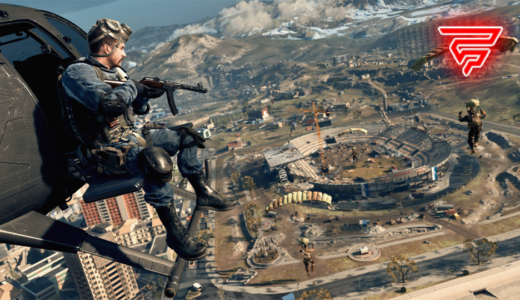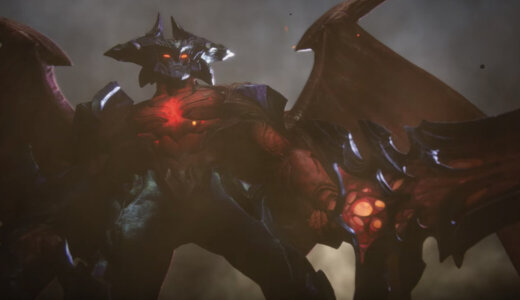When Riot Phlox announced the patch 11.22 preview a few days ago, most of the community was upset, and understandably so. Only a week had passed since patch 11.21 came to live servers, on which Goredrinker was nerfed and adjusted. In the preview for patch 11.22, they announced that Goredrinker was going to be buffed alongside Riven and Red Kayn, among others.
Goredrinker and the bruiser meta
If you have played League at all this season you would understand why the community is upset by these changes. Ever since season 11 started Goredrinker has been the most purchased item in the game by far. The update that was supposed to bring item diversity and shake up the game turned the entire season into a standstill. AD assassins started abusing the item’s passive that gave a percentage of your AD as a bonus based on missing health. The item active also helped them a lot with their waveclear and jungle clear speed, as well as giving them tankiness and sustain. But that wasn’t even the main issue. Almost every bruiser that could, would purchase this item because it was that powerful. Champions that historically have been dependent on Sheen items like Irelia and Fiora, switched from split push play styles to team fight drain tanks. And all of this combined with Sterak’s Gage has made tanks almost obsolete.
Why pick a tank when bruisers can tank as much damage while being more mobile, having better laning, and better matchups. Fiora and Riven have dominated the top lane the entire season shown by their pick rates and win rates, and even pro players felt this trend. Bruisers have made mages obsolete in the mid lane, and AD assassins have moved to the jungle more and more recently. Yet one week after the item was adjusted, it’s being buffed. And so is Riven. Why is that? In this article, we take a look at Riot’s Balance Framework that they’ve worked on for the last two years to understand their approach.
Understanding the approach
The balance framework we mentioned is a concept Riot introduced two years ago and is composed of four parts. These sections cover and explain how they approach champion balancing, new releases, balancing for major tournaments and runes and items. The Champion Balance Framework is particularly important because it helps monitor the performance of League’s roster of champions. It’s designed to be a group of consistent measurable definitions of over and under performance of champions in four different player groups: Average, Skilled, Elite, and Professional. If champions are overperforming in one of the four groups, they need to be nerfed, and if they’re underperforming in every group, they need to be buffed.
They adapted this approach because they think that an overpowered champion presents an unfair advantage gained straight from the champ select.
And that shouldn’t be the case. Also, if a champion is underperforming across the board, it deserves attention so he can be viable in at least one section.
The struggle the balance team faces
While this framework serves as a very helpful tool at pointing out champions who stand out for better or for worse, it doesn’t really offer insight on how to approach the issue. One example of this is the constant headache that Yumi represents. Her win rates keep getting dragged down by better players that abuse her weak laning phase and know how to play around her W. But in lower levels of play she gets to scale for free and her unique design becomes a problem considering she is a late-game healing hyper-carry. Another example is Yorick’s abysmal win rates and pick rates in high elo when he is an absolute menace against low-elo players. Most of these examples fit the criteria for updates similar to those that Irelia, Sona, Akali, and Qiyana received earlier this year.
Here is how they have divided the levels of play and what are the over and underpowered thresholds:

Champion Balance Framework thresholds (via RIOT Games)
Dealing with Power Creep
Naturally, when implementing a new system that hasn’t been tested before, some implications might occur. In this case, Riot was faced with the issue of Power Creep. After they started using the framework, they found themselves buffing way more champions than they were nerfing. And even though that could have been considered acceptable at the beginning of the implementation, the issue spiraled out of control when Pro Play ended and way fewer champions were getting nerfed. To address this issue, Riot lowered the margin for considering champions overpowered in the Average and Skilled sections by 0,5% and expanded Elite play coverage to obtain more data.
This influx of data also helped them capture more overpowered champions in Elite play since the previous thresholds covered only the top 0,1%. That meant that champions that were too strong for that environment don’t usually perform as well in other areas and the system can’t detect them. Another benefit of this is also detecting champions that might be or become an issue in Pro Play if given enough time for them to be implemented into the meta.
Increasing champion viability
One of their main goals with the implementation of this framework was to make all champions viable for players across all skill levels. They understand that with a roster of more than 150 champions, not every one of them is going to be suitable enough for all players. But a champion should perform well in at least one area of play, that’s why the buff threshold is declared as “underpowered in all four audiences”. To ensure meta diversity, they’ve set up these goals for presence and win rates at all levels of play.

Champion diversity goals (via RIOT Games)
A champion is considered viable only if he’s above the underpowered threshold at a certain level of play. And for Pro Play this might skew the numbers a bit considering the number of off-meta picks and bans might fluctuate. Riot has also stated that they will not create or resurrect former pro-play “nightmares” in order to increase meta diversity in solo queue by buffing them and increasing their win rates. That means we might never see Kalista, Azir, Akali, Corki, and Gragas, among others, perform well enough in ranked play to garner larger pick rates. The final goal is addressing champions that will almost never be present in pro play unless they completely break the meta, but are terrorizing the rest of the ranked ladder. Katarina and the rest of the assassin class make up the larger portion of this group but they’ve decided that further adjustments to the framework would not solve this issue, so we have to wait and see how the preseason changes things.
(Header image via RIOT Games)
